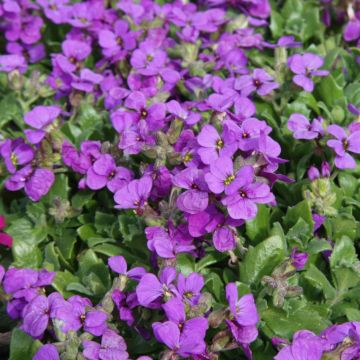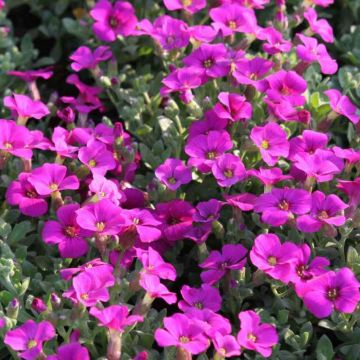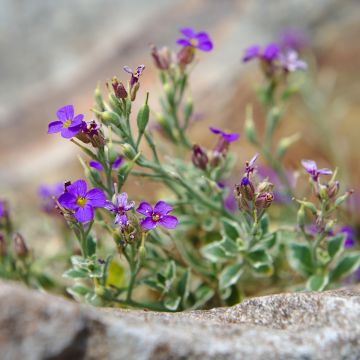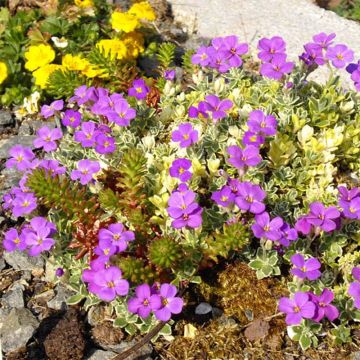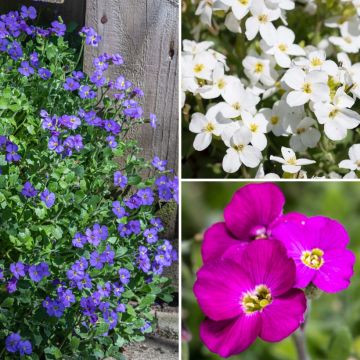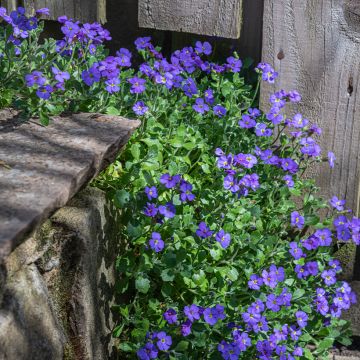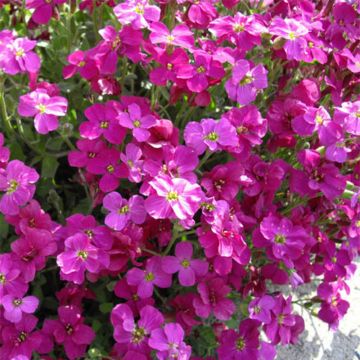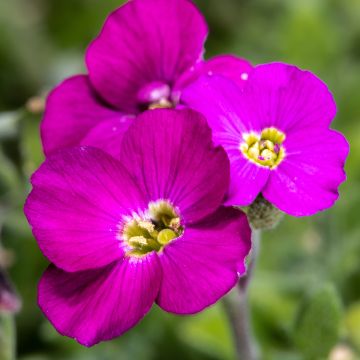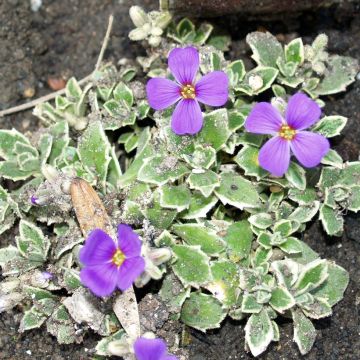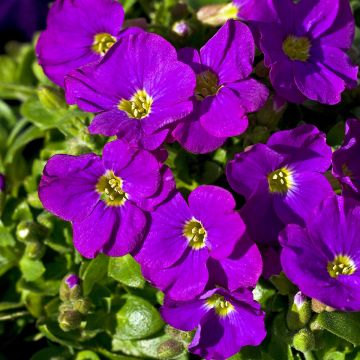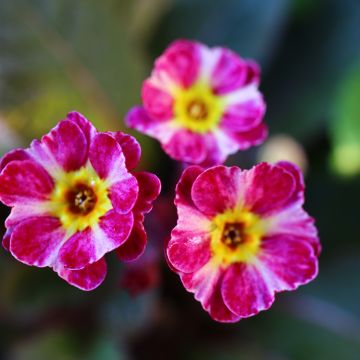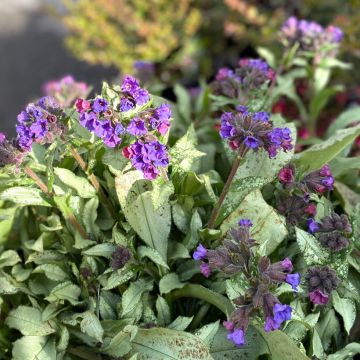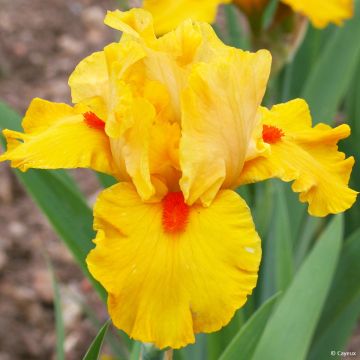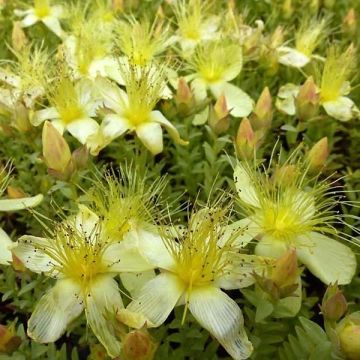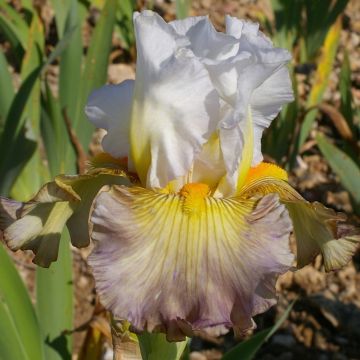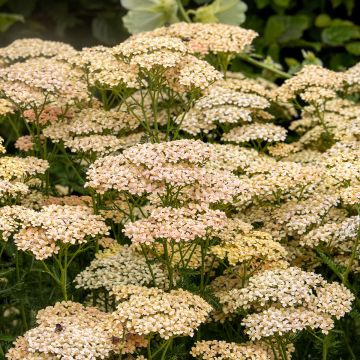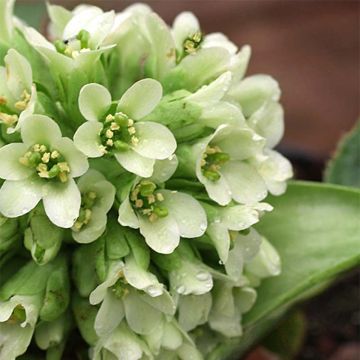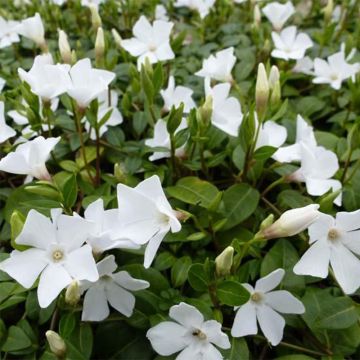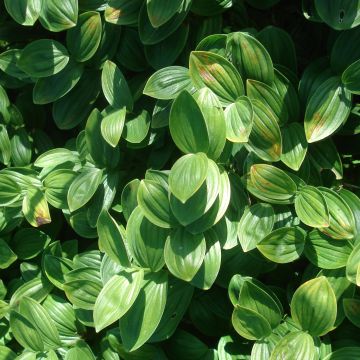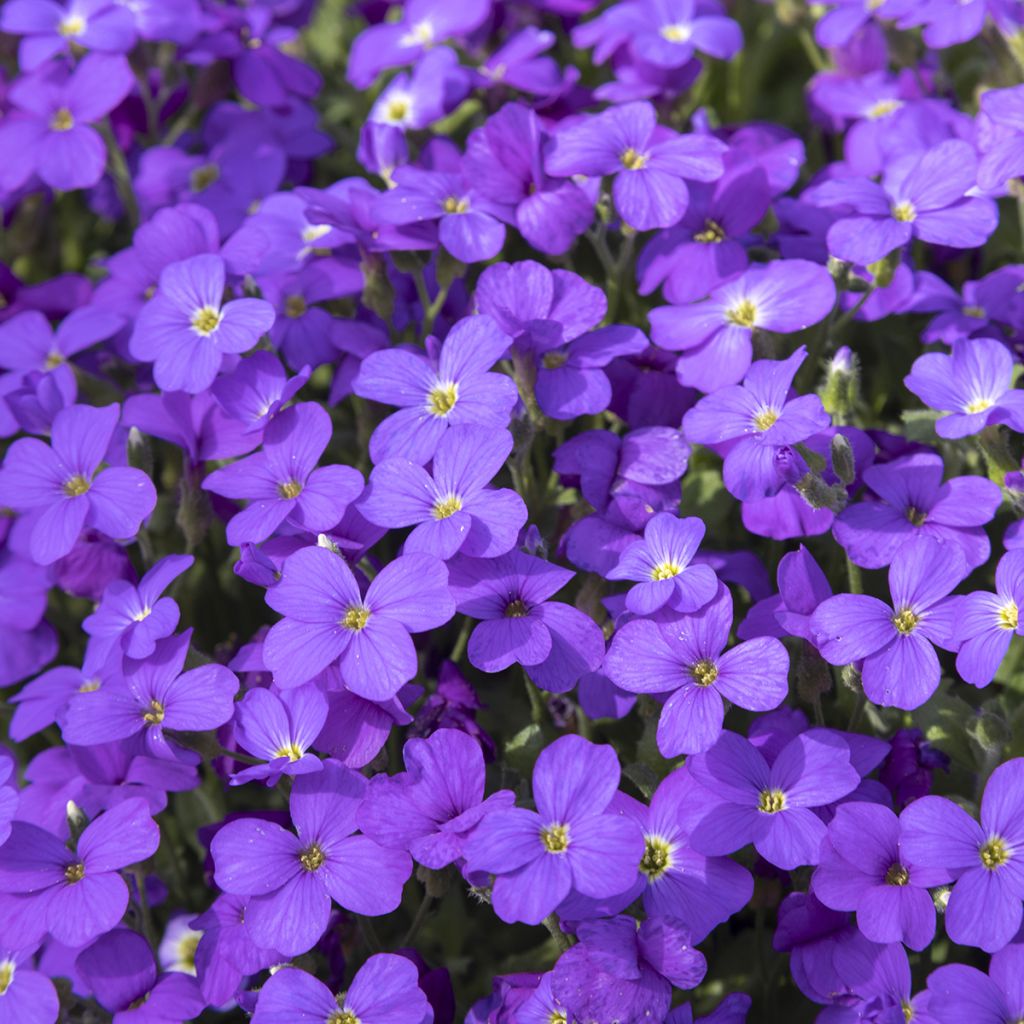

Aubrieta Cascade Purple
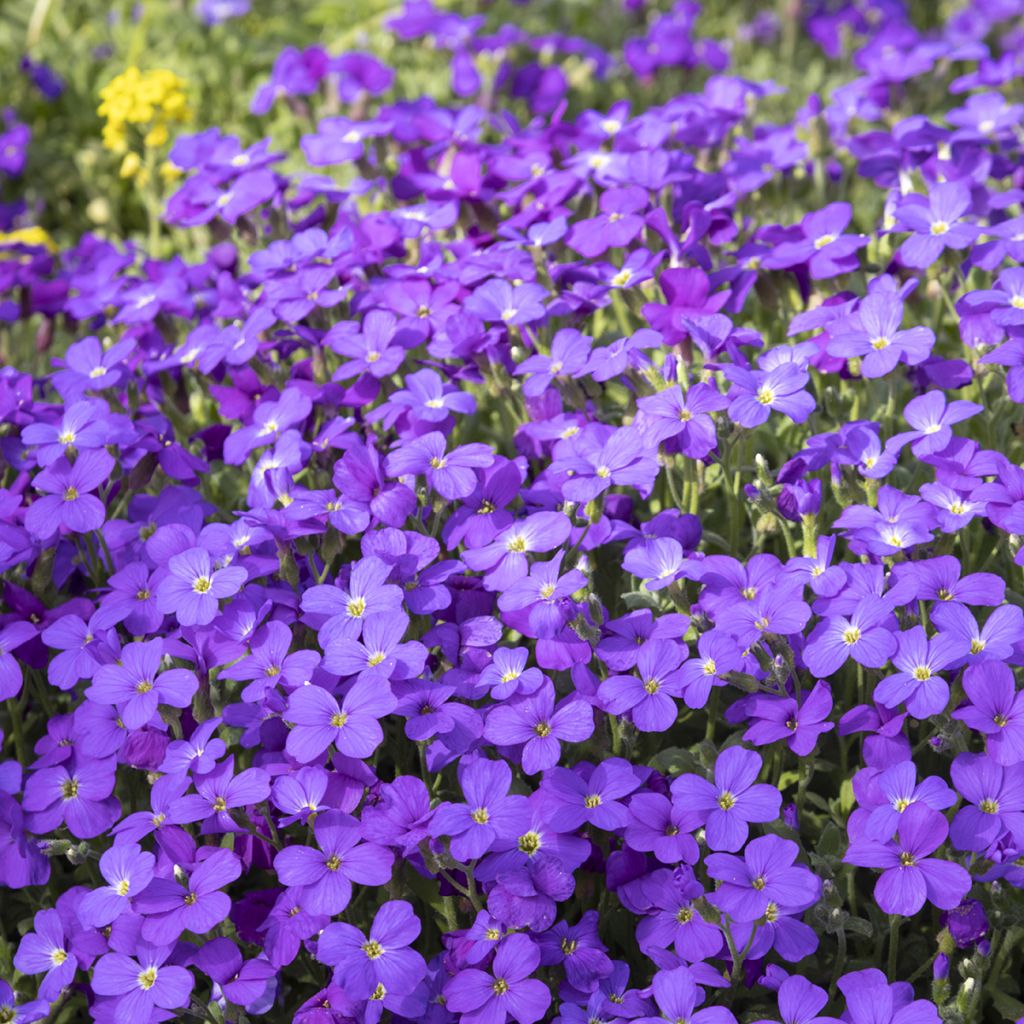

Aubrieta Cascade Purple
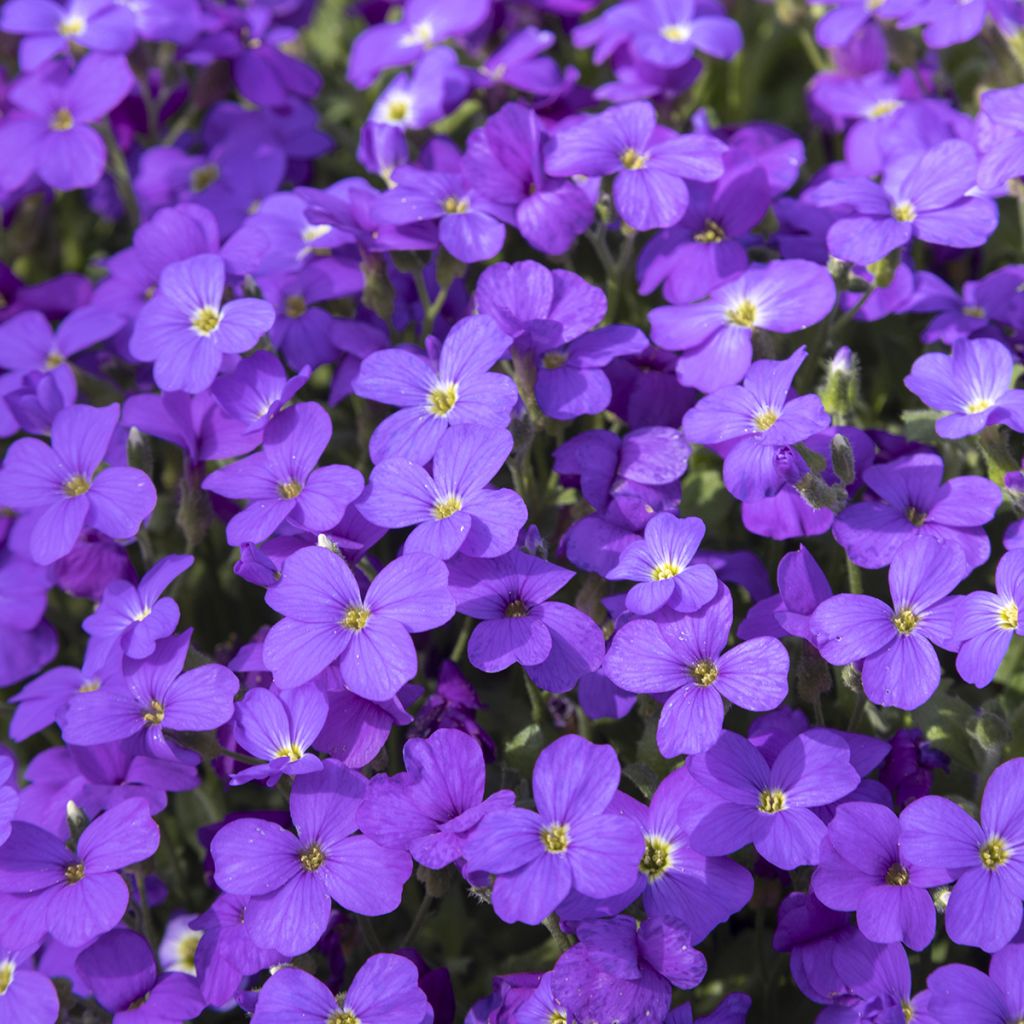

Aubrieta Cascade Purple
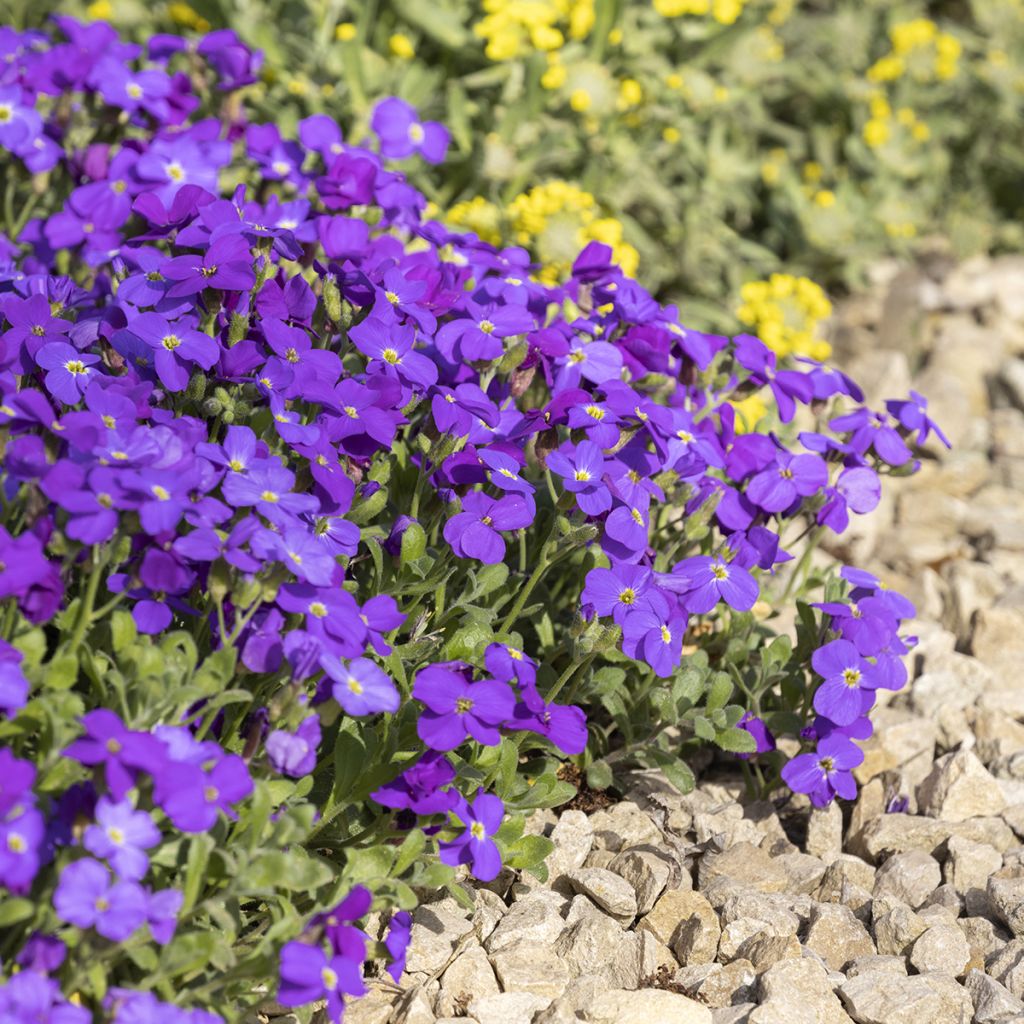

Aubrieta Cascade Purple
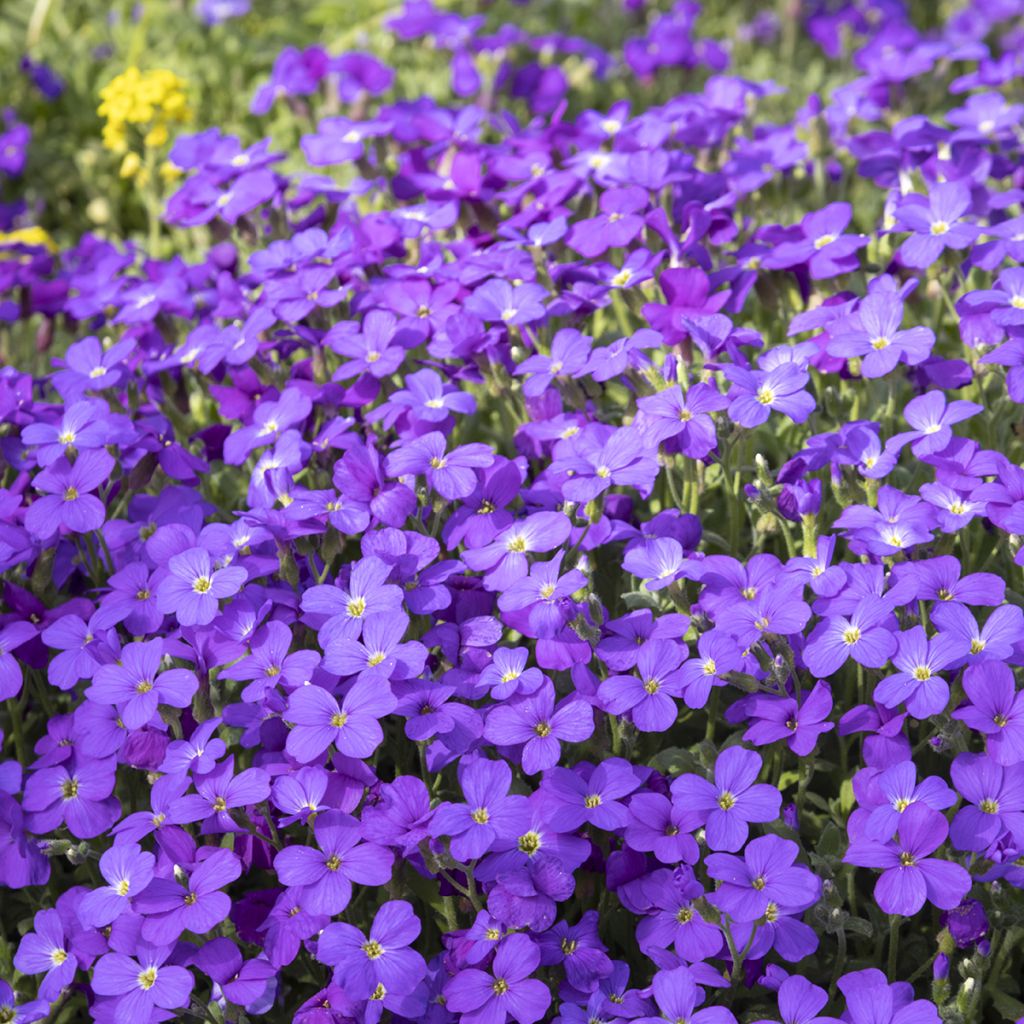

Aubrieta Cascade Purple
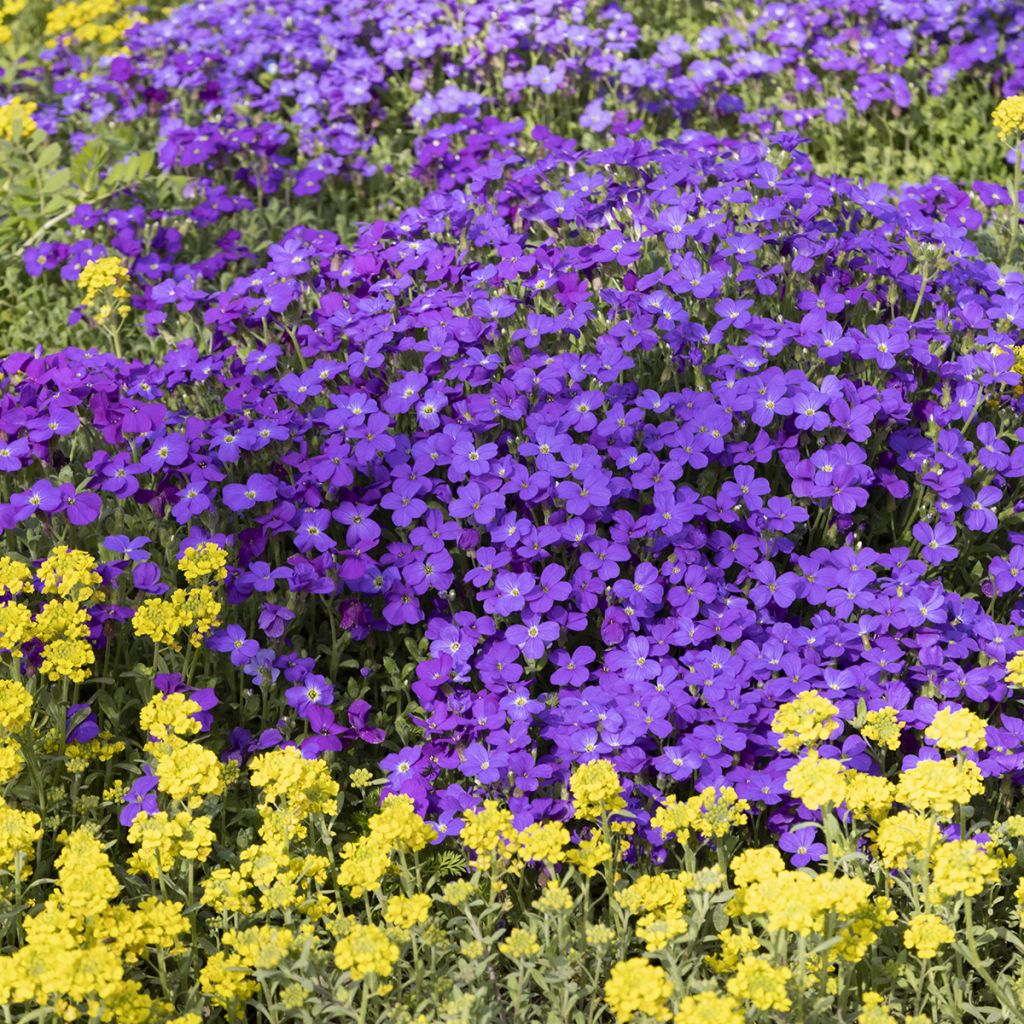

Aubrieta Cascade Purple
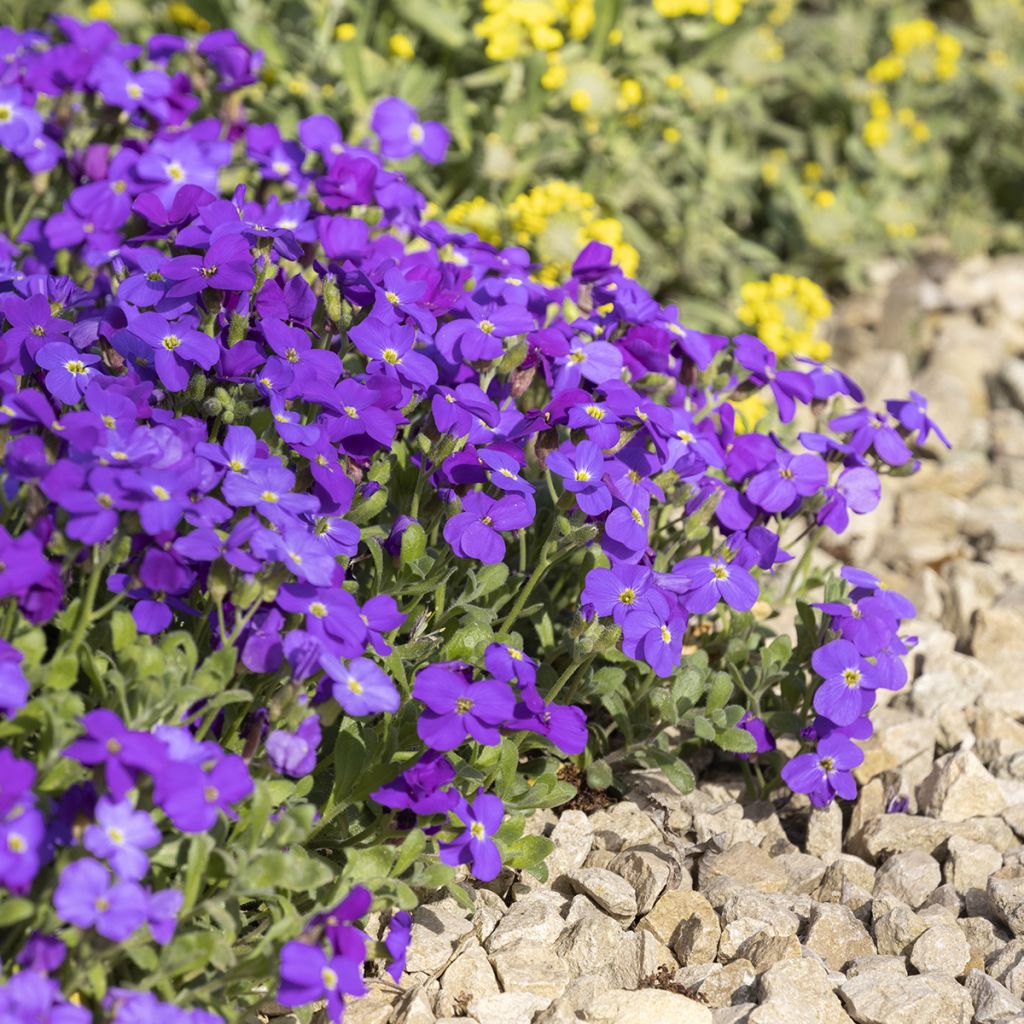

Aubrieta Cascade Purple
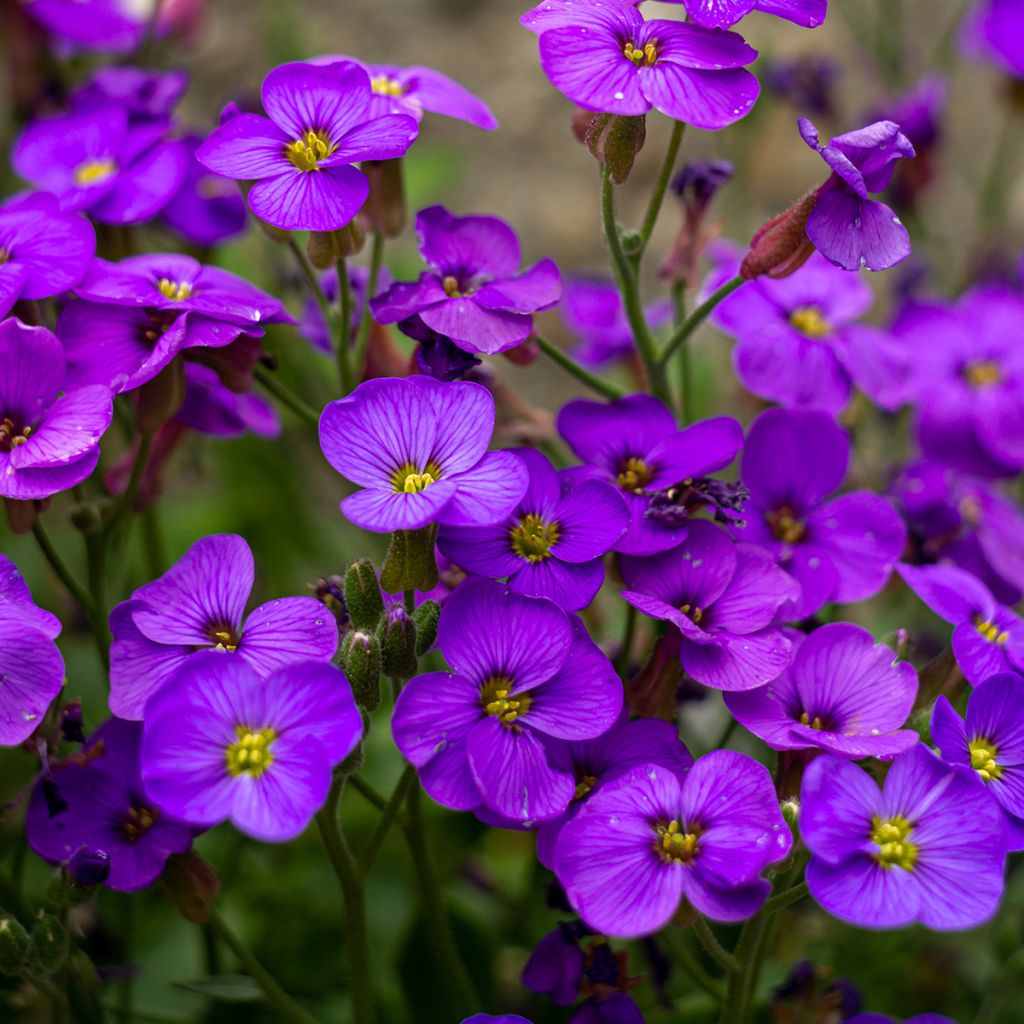

Aubrieta Cascade Purple
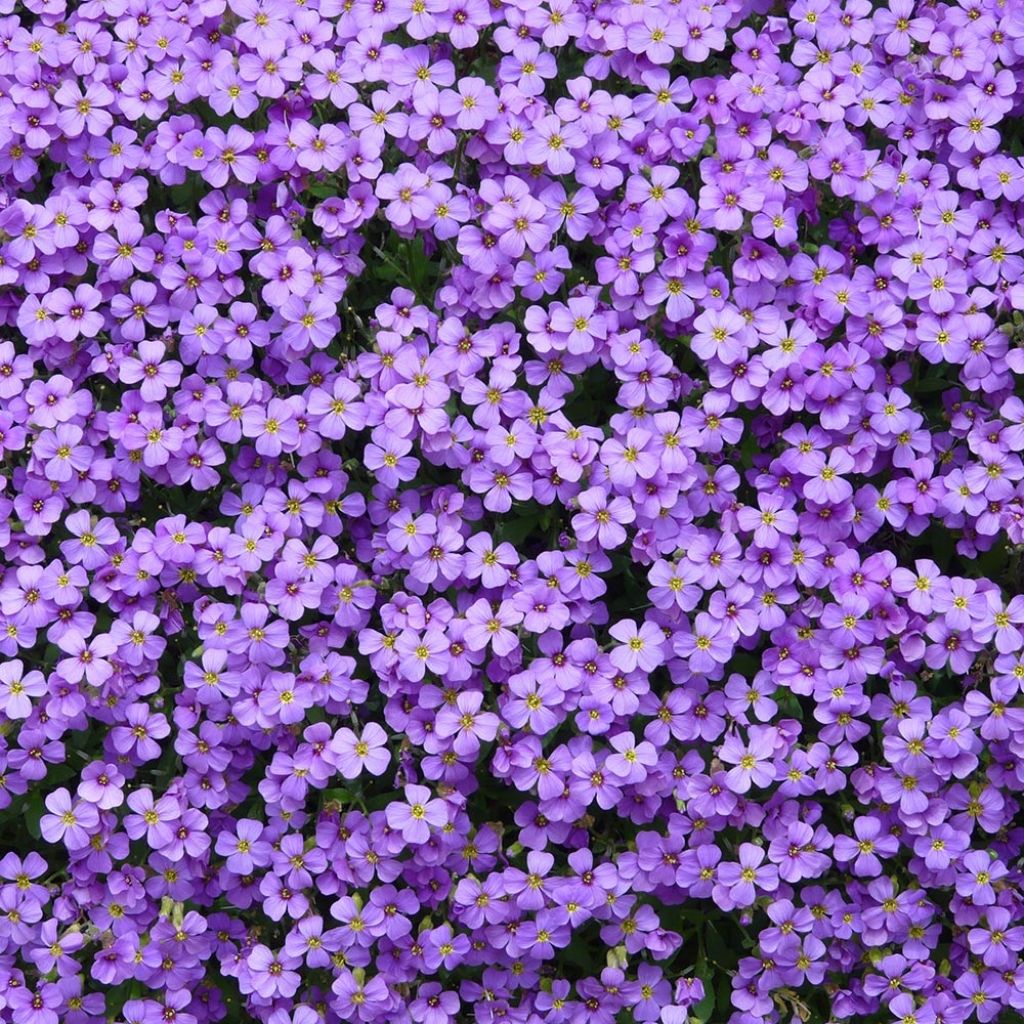

Aubrieta Cascade Purple
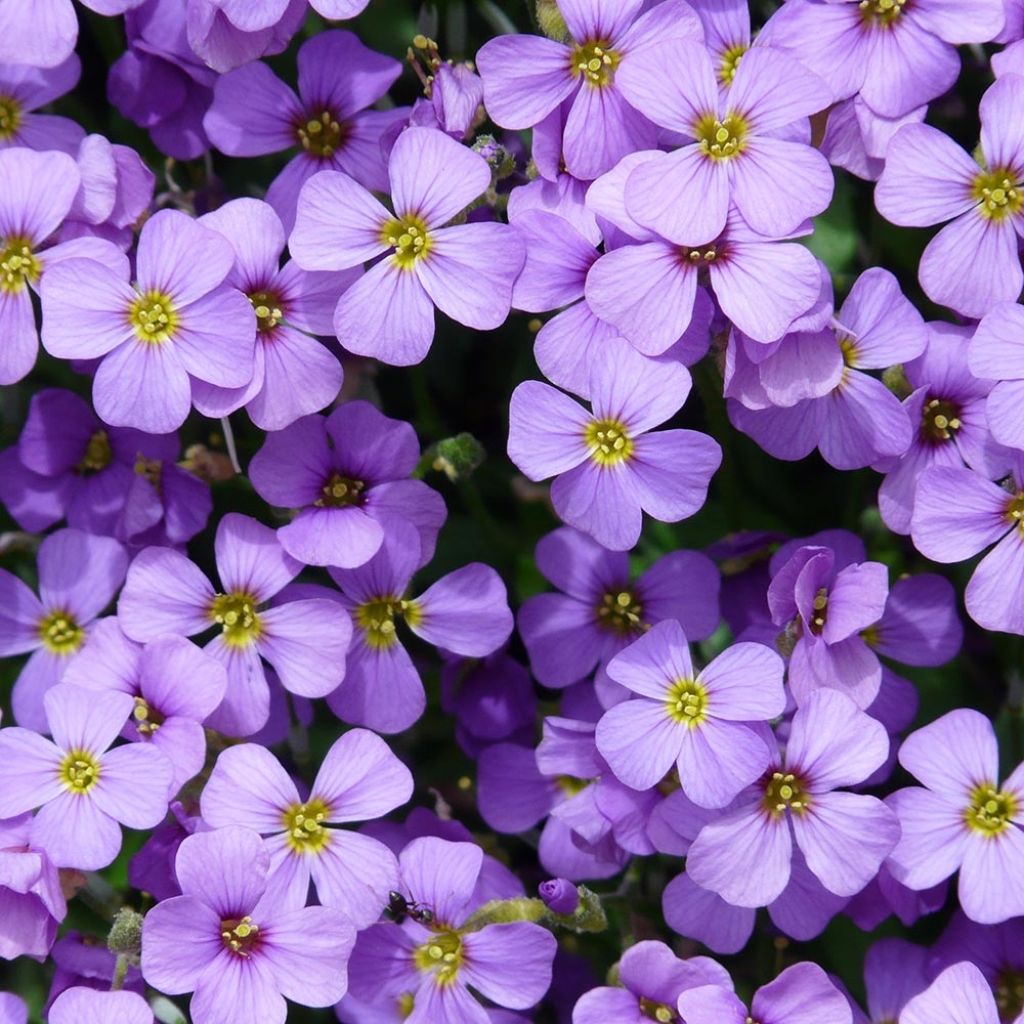

Aubrieta Cascade Purple
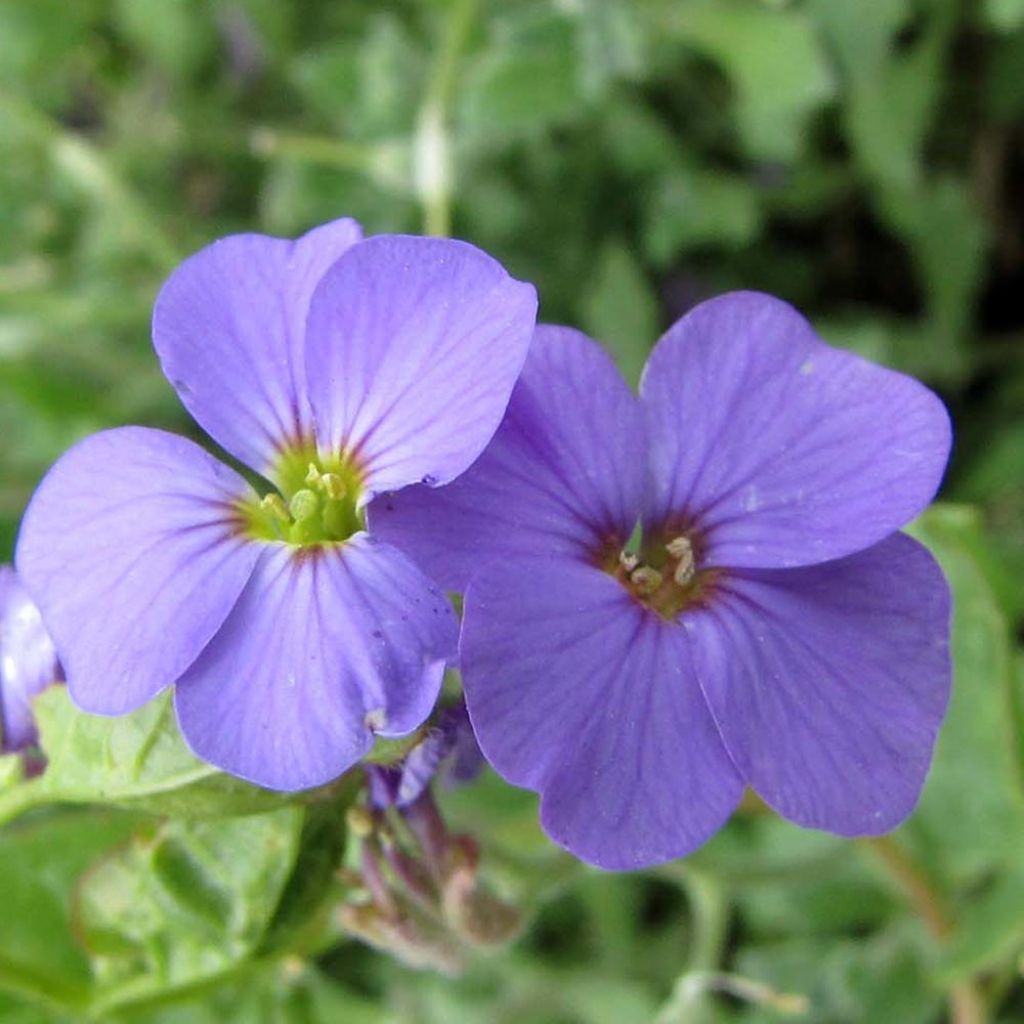

Aubrieta Cascade Purple
Aubrieta Cascade Purple
Aubrieta Royal Blue
Rock cress
This item cannot be shipped to the selected country
Delivery charge from €5.90
More information
Schedule delivery date,
and select date in basket
This plant carries a 12 months recovery warranty
More information
We guarantee the quality of our plants for a full growing cycle, and will replace at our expense any plant that fails to recover under normal climatic and planting conditions.
From €5.90 for pickup delivery and €6.90 for home delivery
Express home delivery from €8.90.
Does this plant fit my garden?
Set up your Plantfit profile →
Description
Aubrieta 'Royal Blue' forms carpets of small flowers of a pretty mauve blue shade in spring . This beautiful perennial flowering plant is easy to grow in the sun, in well-drained soil. The rest of the year, its evergreen silver-green leaves will continue to enhance the garden. It is ideal in rock gardens, above walls or as groundcover, and forms a very attractive association with the Red Cascade variety, for example.
Hybrid aubrietas belong to the Brassicaceae family and are mostly derived from Aubrieta deltoidea, native to southeastern Europe and Turkey. They are plants with a compact and carpeting habit, forming cushions not exceeding 15 cm (6in) in height, which spread quite rapidly over a diameter of 60 cm (24in). Their semi-evergreen to evergreen leaves, depending on the climate, are slightly silver-green and oval-shaped. In summer, the foliage sometimes turns yellow, but will green up again with the first rain. The small leaves end in a point and have roughly serrated margins. In spring, between the end of March and the end of May, 'Royal Blue' is covered with numerous small four-petaled flowers, in beautiful shades of blue-mauve. These are very hardy plants, resistant to -20°C (1°F).
With its carpeting growth, aubrieta is ideally suited for border planting. Undemanding in terms of soil, as long as it is not too shallow, it also thrives in rock gardens or on flowering walls: it forms pretty clumps and beautiful streams of colour. It colonises the ground quite rapidly, which allows it to be planted on a sunny slope. Aubrietas are also fabulous between paving stones and in the gaps of walls. They also work well in planters and hanging baskets, as their stems will cascade over the container to hide its edges. The 'Blue Cascade' variety pairs well with other aubrietas, as well as with other rock garden plants such as basket-of-gold, St. John's wort, or even Erigeron karvinskianus.
Report an error about the product description
Aubrieta Cascade Purple in pictures




Flowering
Foliage
Plant habit
Botanical data
Aubrieta
Royal Blue
Brassicaceae
Rock cress
Cultivar or hybrid
Other Aubrieta - Rock Cress
Planting and care
Aubrieta 'Royal Blue' is a relatively short-lived perennial. To overcome this problem, make cuttings of the plant every 2 or 3 years, or divide the rhizomatous stump every 2 or 3 years. It will thrive in the sun, in well-drained soil that is not too dry or too shallow, even if it is limestone-rich and light. In case of prolonged drought, watering may be necessary. This small plant has no other requirements.
Planting period
Intended location
Care
-
, onOrder confirmed
Reply from on Promesse de fleurs
Spring flowering perennials
Haven't found what you were looking for?
Hardiness is the lowest winter temperature a plant can endure without suffering serious damage or even dying. However, hardiness is affected by location (a sheltered area, such as a patio), protection (winter cover) and soil type (hardiness is improved by well-drained soil).

Photo Sharing Terms & Conditions
In order to encourage gardeners to interact and share their experiences, Promesse de fleurs offers various media enabling content to be uploaded onto its Site - in particular via the ‘Photo sharing’ module.
The User agrees to refrain from:
- Posting any content that is illegal, prejudicial, insulting, racist, inciteful to hatred, revisionist, contrary to public decency, that infringes on privacy or on the privacy rights of third parties, in particular the publicity rights of persons and goods, intellectual property rights, or the right to privacy.
- Submitting content on behalf of a third party;
- Impersonate the identity of a third party and/or publish any personal information about a third party;
In general, the User undertakes to refrain from any unethical behaviour.
All Content (in particular text, comments, files, images, photos, videos, creative works, etc.), which may be subject to property or intellectual property rights, image or other private rights, shall remain the property of the User, subject to the limited rights granted by the terms of the licence granted by Promesse de fleurs as stated below. Users are at liberty to publish or not to publish such Content on the Site, notably via the ‘Photo Sharing’ facility, and accept that this Content shall be made public and freely accessible, notably on the Internet.
Users further acknowledge, undertake to have ,and guarantee that they hold all necessary rights and permissions to publish such material on the Site, in particular with regard to the legislation in force pertaining to any privacy, property, intellectual property, image, or contractual rights, or rights of any other nature. By publishing such Content on the Site, Users acknowledge accepting full liability as publishers of the Content within the meaning of the law, and grant Promesse de fleurs, free of charge, an inclusive, worldwide licence for the said Content for the entire duration of its publication, including all reproduction, representation, up/downloading, displaying, performing, transmission, and storage rights.
Users also grant permission for their name to be linked to the Content and accept that this link may not always be made available.
By engaging in posting material, Users consent to their Content becoming automatically accessible on the Internet, in particular on other sites and/or blogs and/or web pages of the Promesse de fleurs site, including in particular social pages and the Promesse de fleurs catalogue.
Users may secure the removal of entrusted content free of charge by issuing a simple request via our contact form.
The flowering period indicated on our website applies to countries and regions located in USDA zone 8 (France, the United Kingdom, Ireland, the Netherlands, etc.)
It will vary according to where you live:
- In zones 9 to 10 (Italy, Spain, Greece, etc.), flowering will occur about 2 to 4 weeks earlier.
- In zones 6 to 7 (Germany, Poland, Slovenia, and lower mountainous regions), flowering will be delayed by 2 to 3 weeks.
- In zone 5 (Central Europe, Scandinavia), blooming will be delayed by 3 to 5 weeks.
In temperate climates, pruning of spring-flowering shrubs (forsythia, spireas, etc.) should be done just after flowering.
Pruning of summer-flowering shrubs (Indian Lilac, Perovskia, etc.) can be done in winter or spring.
In cold regions as well as with frost-sensitive plants, avoid pruning too early when severe frosts may still occur.
The planting period indicated on our website applies to countries and regions located in USDA zone 8 (France, United Kingdom, Ireland, Netherlands).
It will vary according to where you live:
- In Mediterranean zones (Marseille, Madrid, Milan, etc.), autumn and winter are the best planting periods.
- In continental zones (Strasbourg, Munich, Vienna, etc.), delay planting by 2 to 3 weeks in spring and bring it forward by 2 to 4 weeks in autumn.
- In mountainous regions (the Alps, Pyrenees, Carpathians, etc.), it is best to plant in late spring (May-June) or late summer (August-September).
The harvesting period indicated on our website applies to countries and regions in USDA zone 8 (France, England, Ireland, the Netherlands).
In colder areas (Scandinavia, Poland, Austria...) fruit and vegetable harvests are likely to be delayed by 3-4 weeks.
In warmer areas (Italy, Spain, Greece, etc.), harvesting will probably take place earlier, depending on weather conditions.
The sowing periods indicated on our website apply to countries and regions within USDA Zone 8 (France, UK, Ireland, Netherlands).
In colder areas (Scandinavia, Poland, Austria...), delay any outdoor sowing by 3-4 weeks, or sow under glass.
In warmer climes (Italy, Spain, Greece, etc.), bring outdoor sowing forward by a few weeks.

































